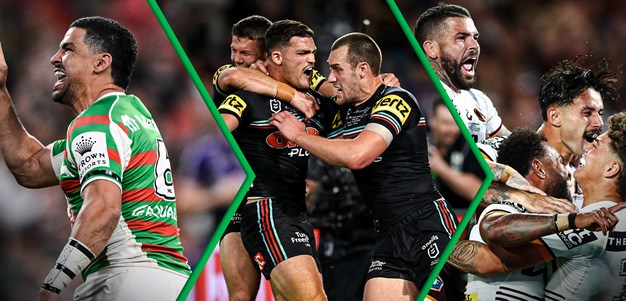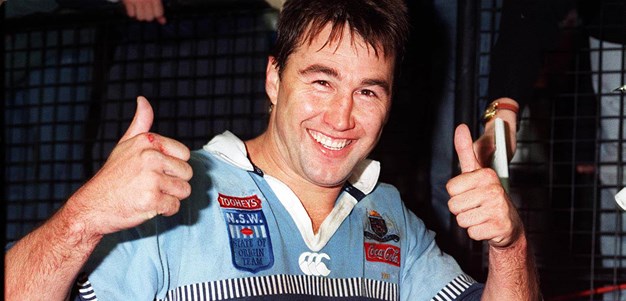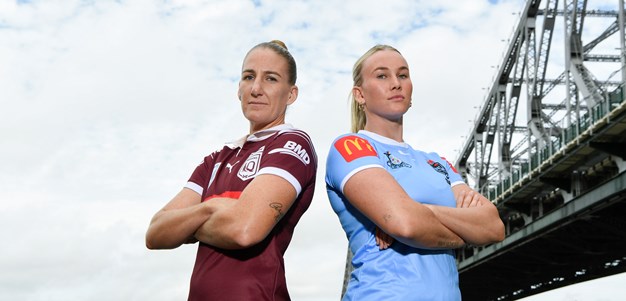The National Rugby League (NRL) today releases the below data of key football and fatigue related indicators in the game and corrects some misconceptions about the changes in the game over the last two years.
One of the most important roles of our football department is to collate data on every aspect of our game. We make significant investments in this area because it’s important we understand exactly what is happening on the field. It enables us to improve player welfare and assists in enhancing the fan experience.
That data highlights the following matters:
While there’s a perception the players have never been more fatigued, the data simply does not support that assertion.
Players who are fatigued are more likely to make errors – yet the error rate over the last three years has remained flat. The error rate today is almost the same as the error rate before the new rule changes.
Players are running about 500m less per game this season than last season and consistent with the number of metres run in 2019.
There’s now 7.7 tries per game compared to just over 6.6 in 2019. That means the players are getting more stoppages for tries this year than previous years. The increase in tries coincides with players running faster from tackle breaks and in open play. The average distance covered at more than 20km per hour has risen from 255m per game in 2019 to 299m per game in 2021. Player speeds at more than 25km have risen moderately from 47m to 53m over the same period.
Fatigue does not appear to be impacting on field performances or decision making. Players aren’t making more errors, they are not running more metres and they are getting more breaks because there are more tries.
We will continue to meticulously monitor the data and if there is a negative trend we will address it. Player welfare is our absolute priority and if there were any signs that fatigue was having a negative impact, we would act immediately.
Average errors per game
The average number of errors has remained flat before and after the implementation of new rules. Fatigued players are more likely to make errors, but we observe no material change.
2021: 22
2020: 22
2019: 21
Average Ball In Play
The amount of ball in play is an indicator of live game time. It has risen 30 seconds per game since 2019 but reduced by 54 seconds from 2020.
2021: 55min 18secs
2020: 56min 12secs
2019: 54min 48secs
Average time the ball is in play before stoppage
The average live time the ball is in play is 5 seconds longer before a stoppage from 2019 but there has been no change from 2020 to 2021.
2021: 62 seconds
2020: 62 seconds
2019: 57 seconds
Average tries per game
There’s one additional try per game in 2021 compared to 2019 which leads to an additional stoppage per game.
2021: 7.7
2020: 7.3
2019: 6.6
Play the Balls
The number of Play the Balls is down slightly from 2020 to 2021. This implies slightly less tackle count year on year.
2021: 284
2020: 288
2019: 270
Average Total Distance per player
Players are running less distance per game in 2021 than they were under previous rules in 2019.
2021: 6600m
2020: 7180m
2019: 6626m
Average player metres covered at more than 20km
The average number of player metres covered at high speed (more than 20km/h) has increased by 22 metres in 2021 compared to 2020. Players are running less metres per game, but slightly more metres at higher speeds.
2021: 299
2020: 277
2019: 255




